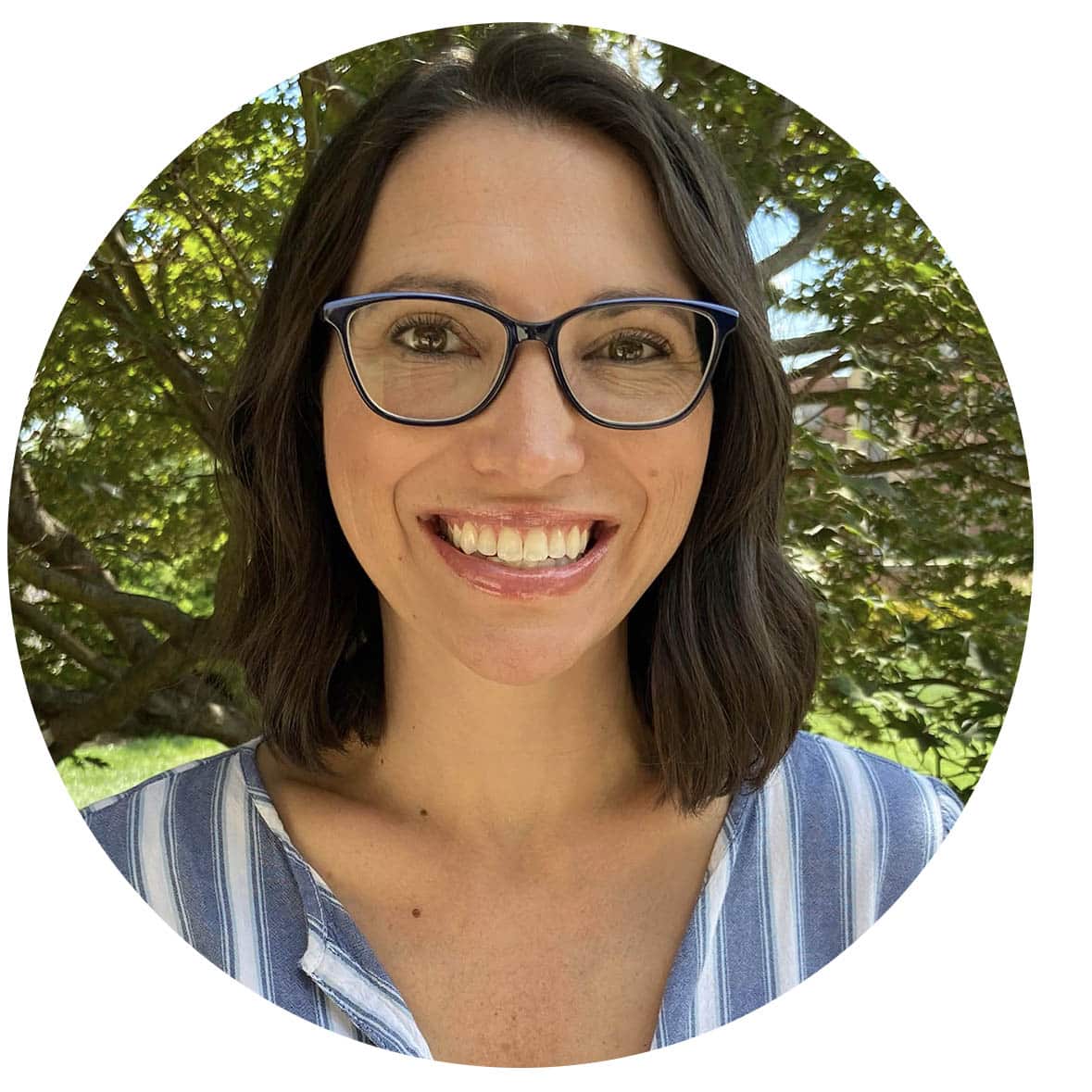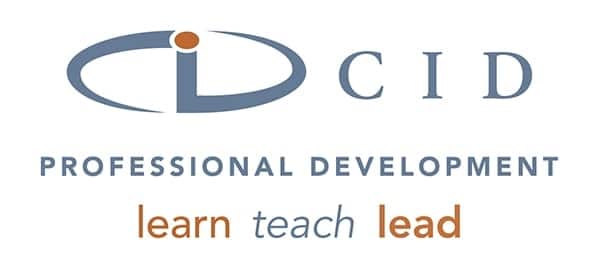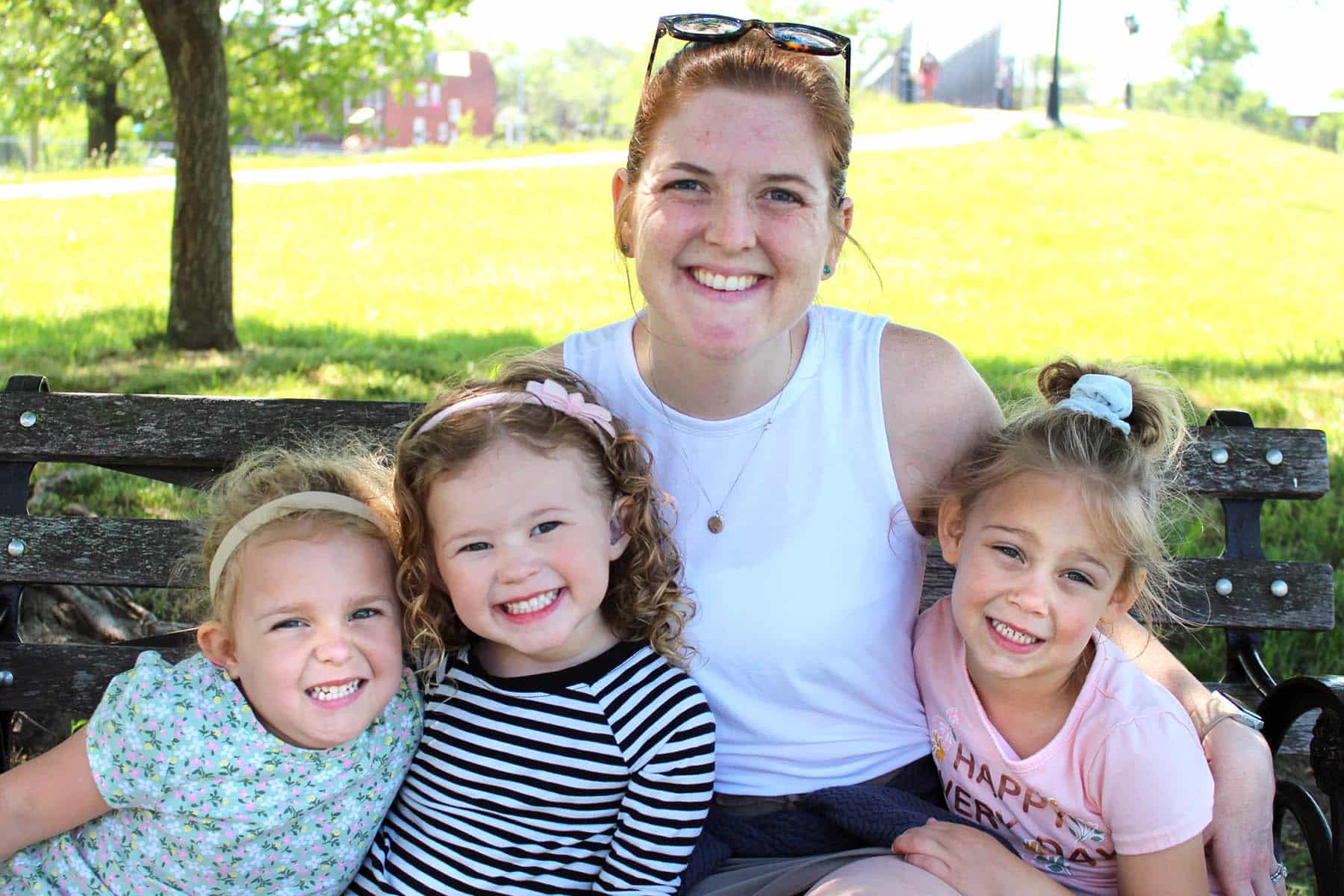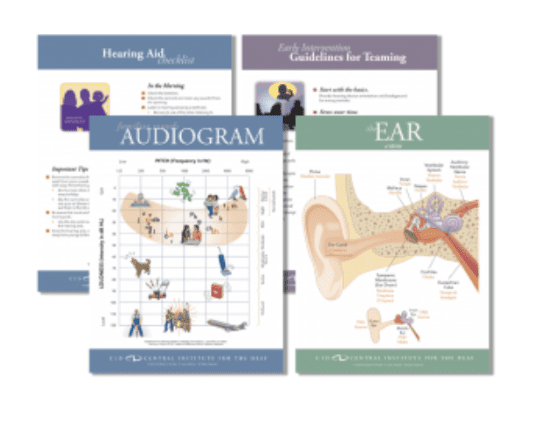Every school district has different policies regarding the roles of teachers of the deaf, speech-language pathologists and audiologists. However, there are some responsibilities that should be maintained no matter what the policies entail to promote effective communication among team members and success for the students at their school. This post will feature roles these three professionals have when working with students who are deaf and hard of hearing. Additionally, consideration should be given to other professionals that are vital in the success of our students. Read Roles and Collaboration, Roles and Services and Roles and Rewards for insights from a greater variety of educational specialists supporting students with hearing loss.
The audiologist
- conducts audiologic evaluations.
- manages equipment.
- fulfills IEP goals and monitors compliance.
- educates others on the impact of learning in the classroom.
- advocates for the auditory needs of the student within the classroom.
- consults and collaborates with the student’s team members.
The speech-language pathologist
- conducts formal speech and language evaluations.
- collects and analyzes formal language samples.
- determines appropriate IEP goals and minutes.
- provides instruction for goals related to: articulation, syntax, pragmatics and auditory training.
- consults and collaborates with the student’s team members.
The teacher of the deaf
- interprets results of formal audiologic, speech and language evaluations.
- collects informal language samples and language data; understands and can describe student language levels to others.
- determines appropriate IEP goals and minutes.
- provides instruction for goals related to: academics, syntax, vocabulary, pragmatics, auditory training and self-advocacy skills.
- troubleshoots devices and technology. Conducts device and listening checks.
- educates, consults and collaborates with the student’s team members.
Keep in mind that the teacher of the deaf is the expert in language development in children who are deaf and hard of hearing. Teachers of the deaf are uniquely positioned to meet the language and communication needs of children with hearing loss (CED Program Standards, 2019).
While there are areas that are specific to each professional, there is also overlap amongst these positions. Celebrate these overlaps! Work with one another to be a resource for ideas, strategies, curricula and tools.

Abby Meister, MSDE, CED is the Content Coordinator of the Emerson Center for Professional Development at CID – Central Institute for the Deaf. She has been a teacher of the deaf for over 10 years, primarily working with children ages 2-5. She has presented at professional conferences with content focusing on early intervention and listening and spoken language strategies for children who are deaf or hard of hearing. She received her master’s degree in deaf education through the Program in Audiology and Communication Sciences (PACS) at Washington University.












